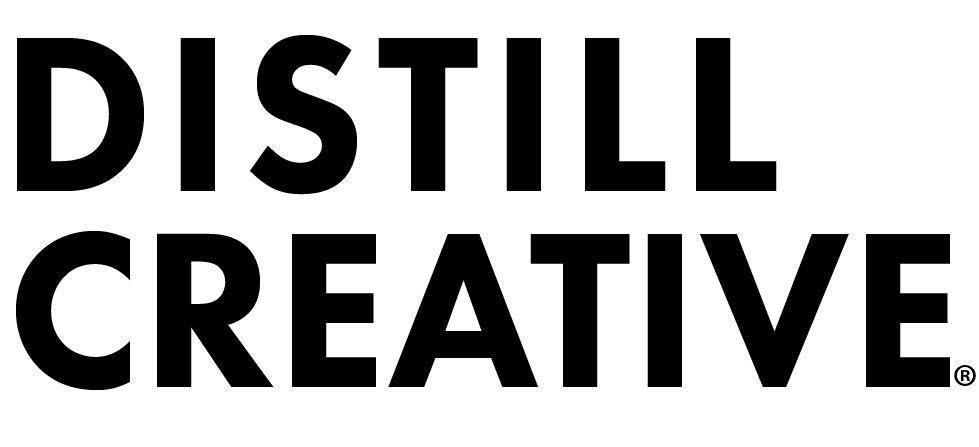Cutting-Edge Spanish Crafts
Does anyone know the Spanish equivalent of a Francophile? Well, I'm that. I've lived in Madrid and Bilbao and have been to Barcelona enough times to not hate it (I can explain this later). I am a huge fan of the Embassy of Spain because they fund amazing programs via Spain Arts & Culture. Every year they publish a beautiful catalog of Spanish cultural events happening throughout the US and Canada.
One of the first events this year is a design exhibit at the Former Residence of the Ambassadors of Spain in Columbia Heights. Cutting-Edge Spanish Crafts features a selection of objects by Spanish craftspeople and designers, demonstrating the revitalization of Spanish craftsmanship during the economic crisis and a global trend of valuing unique quality products.
The exhibit kicked off with a panel featuring journalist Jennifer Sergent, of DC by Design, and Tachy Mora, curator of the exhibit, moderated by Douglas Burton of Apartment Zero.
They discussed the difference between contemporary craft and industrial design and the hybrid of industrial crafts--objects that use a handmade process but are done in large batches. There was a consensus that humans crave something made by hand, but little clarity on how to define craft, art, design and everything in between. What makes a craft crafty and not artistic? What makes a design art and not a product? What makes something industrial and not handmade?
REAL CRAFT VS CRAFTY
There was quite a bit of chatter about the distinction between real craft and crafty. I struggle myself with this, as I prefer real craft over crafty, but sometimes have a hard time explaining what that means. For me, it's looking at a work and being able to see the craftsmanship, time and talent that went into its creation. It's a gut feeling, a perception. It's knowing that the object is well made, truly inspired and one-of-a-kind in concept and delivery. I value real craft so much, that I'm really wary of presenting my own work if it doesn't pass that gut test -- which is why I'm more likely to partner with a true craftsperson if I have an idea for a new design (I'll be doing this in some upcoming collaborations!). That's in fact how I created my etxe wallet: I found the best leather craftsman in the bay area to bring my prototype to life.
If you've ever been to a craft fair or art exhibit, you have probably thought I could make that. And sometimes, yeah, you could, but it's the way in which the artist or creator approached the materials and made something out of nothing that makes it art, or craft, or ahh see it's hard! What is art and what is craft?
Sergent defined the distinction of real craft (which I think could also define some forms of art) as 'the ability and the dedication to take an everyday material and create something that is just glorious'.
DESIGNER MAKERS
Another issue that was discussed was how these artists/craftspeople/designers make a living. Mora said everyone featured in the exhibit sells their work in one form or another--maybe it's to high end restaurants or maybe it's in an online shop. She shared the term 'designer makers' to describe a craftsperson that designs objects for sale, which l love. During the Q+A that followed the discussion it was pretty much agreed by the panel and audience that whatever you call yourself - if you make art, craft, or design - you have to be selling something to make a living. Often it's selling a smaller, lower-priced item while also presenting a more expensive piece that few can afford.
Even real craft is commercial. Even real art is a business.
Sergent notably stated we are all experiencing better design in all of our lives. My question is, are we being realistic about how much that costs? And who's paying?
Something to chew on for the weekend.
xx,
Stephanie
Cutting-Edge Spanish Crafts
on view February 05 – March 29, 2015
Former Residence of the Ambassadors of Spain, 2801 16th Street NW, Washington, D.C. 20009
You can find more information and the exhibition catalog here.











